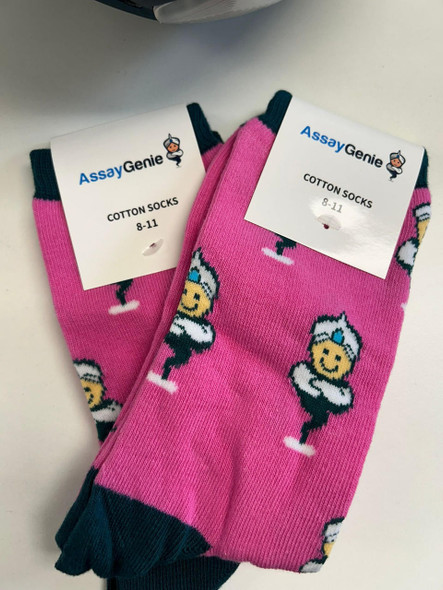Genie Fusion Ultra High-Fidelity Red 2x Master Mix contains a next generation enzyme with a loading dye for robust PCR with ultra high-fidelity. With extremely low error rates x53-fold lower than Taq, Genie Fusion Ultra High-Fidelity DNA Polymerase sets a new level of performance for standard and long fragment PCR amplification.
Employing a unique extension factor as well as specificity-promoting and plateau-inhibiting factors, Genie Fusion greatly improves long range PCR amplification, specificity, and PCR yield. Genie Fusion is capable of amplifying long fragments such as 40 kb λ DNA, 40 kb plasmid DNA, 20 kb genomic DNA and 10 kb cDNA. In addition, Genie Fusion has excellent resistance to PCR inhibitors and can be used for direct PCR amplifications of bacteria, fungi, plant tissues, animal tissues, and even whole blood samples. Genie Fusion contains two monoclonal antibodies inhibiting the 5´→3´ polymerase activity and 3´→5´ exonuclease activity at room temperature which enables Genie Fusion to perform super-specific Hot-Start PCR.
Genie Fusion Ultra High-Fidelity Red 2X Master Mix contains Genie Fusion Ultra High-Fidelity DNA Polymerase, dNTPs and an optimized buffer system containing a loading dye. Protective agents in the Genie Fusion Ultra High-Fidelity Red 2X Master Mix allow for repeat freeze-thaw cycles while maintaining excellent performance. Amplification generates blunt-end products which are compatible with GenieClone DNA Assembly Cloning Kit (Assay Genie, Cat. No. #MORV0004).






